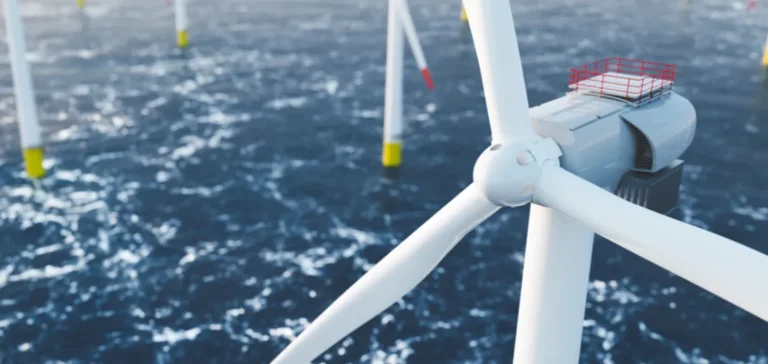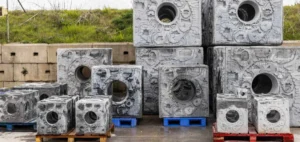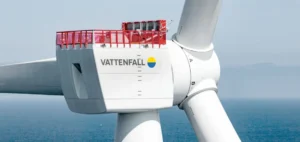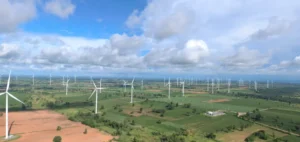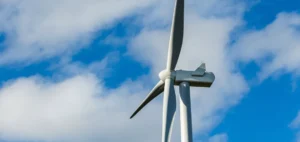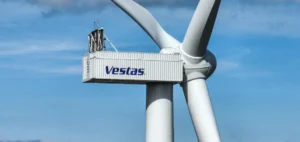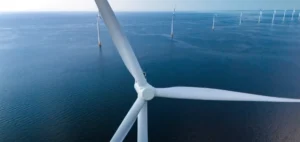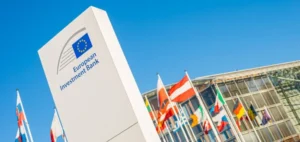The Bureau of Ocean Energy Management (BOEM) announced on August 5, 2025, the removal of section § 585.150 from its regulations, ending the requirement for the Secretary of the Interior to publish every two years a five-year forecast schedule of offshore renewable energy lease sales. This direct final rule marks a significant shift in the regulatory approach to U.S. offshore wind development.
The repealed regulation, which required systematic auction planning over a five-year horizon, is now deemed “not mandated under the Outer Continental Shelf Lands Act” according to the Department of the Interior. This legal interpretation allows the Secretary to regain full discretion over auction scheduling, without predefined time constraints established in regulations.
A Decision Amid Sectoral Turbulence
This removal comes as the offshore wind sector undergoes a major restructuring period. Equinor recorded a $763 million impairment on its Empire Wind 1 project in the second quarter of 2025, as part of a total write-down of $955 million attributed to “regulatory changes causing loss of synergies from future offshore wind projects and increased exposure to tariffs.”
The Empire Wind 1 project, representing a $5 billion investment and intended to power 500,000 New York homes by 2027, had faced a temporary work stoppage earlier in the year before BOEM lifted the suspension order. The project’s gross book value stood at approximately $2.5 billion as of March 31, 2025, including $1.5 billion in project finance term loans.
Contrast with Maintained Oil Regulations
The removal of the five-year schedule for renewable energy contrasts with the maintained obligations for the offshore oil and gas sector. The Outer Continental Shelf Lands Act (OCSLA) still requires BOEM to prepare and maintain a five-year program for oil and gas lease sales, specifying the size, timing, and location of proposed sales.
The current 2024-2029 program for hydrocarbons, approved in December 2023, provides for three lease sales in the Gulf of Mexico. This planning process, which typically requires two to three years and includes extensive public consultations and programmatic environmental impact studies, remains unchanged for the fossil fuel sector.
Increased Flexibility to Respond to Market Conditions
The elimination of the five-year planning requirement could allow BOEM to adapt its approach more quickly to changing market conditions. This flexibility comes after a period marked by highly variable auction results, illustrated by the August 2023 auction in the Gulf of Mexico where RWE won 100,000 acres off Louisiana for only $5.6 million – approximately $54 per acre.
Major developers have experienced mixed fortunes. Ørsted had announced in late 2023 impairments of up to $5.6 billion, primarily related to the cancellation of its Ocean Wind 1 and 2 projects in New Jersey. These cancellations occurred despite substantial state investments in infrastructure, with New Jersey having committed $1 billion for offshore wind port development.
Implications for Industrial Planning
The removal of the mandatory five-year schedule could have mixed implications for the industry. On one hand, it offers BOEM the ability to schedule auctions based on optimal market conditions and developer interest. On the other hand, the lack of long-term visibility could complicate investment planning for developers and equipment manufacturers.
Currently, BOEM manages 34 active commercial offshore wind leases. Projects like Vineyard Wind 1 and South Fork Wind are under construction, while others face economic and regulatory challenges. The development of the first Jones Act-compliant wind turbine installation vessel by Dominion Energy, scheduled for 2025, illustrates continued investments in supporting infrastructure despite regulatory uncertainty.
This regulatory modification represents a pragmatic adjustment to the economic realities of the offshore wind sector. Without the obligation to publish a rigid schedule, BOEM will potentially be able to better calibrate the pace of auctions based on actual demand and market conditions, although this flexibility could also create additional uncertainty for industry players accustomed to predictable planning.


